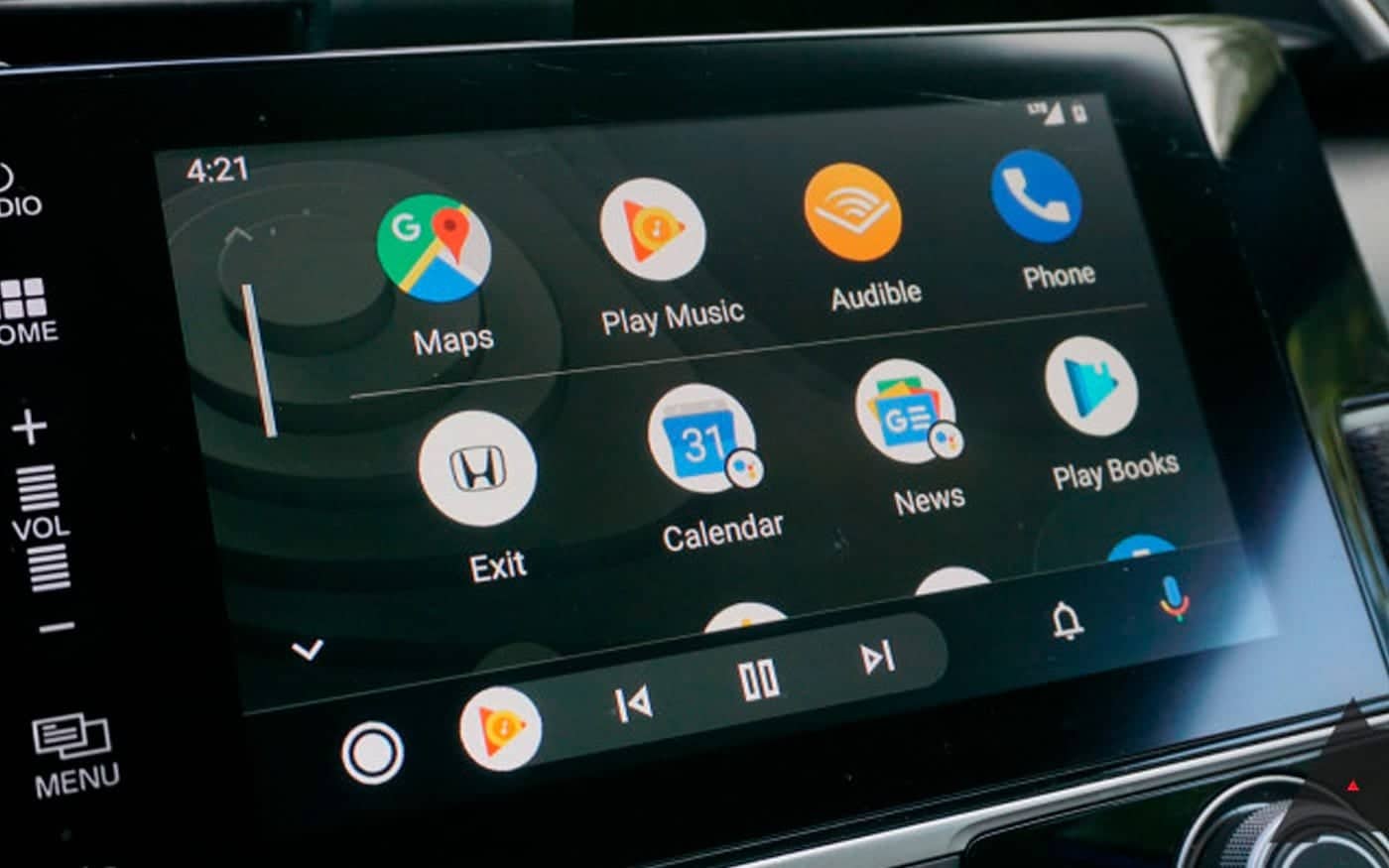The Android Auto ecosystem continues its steady evolution with the official release of version 12.0. While some might have anticipated a major overhaul based on the round number versioning, this update focuses on stability improvements, compatibility enhancements, and subtle feature introductions that pave the way for future advancements.
Android Auto 12.0: A Measured Step Towards a More Connected Future
A Stream of Updates: The Android Auto Update Cycle
For users accustomed to the rapid update cadence of mobile applications, Android Auto might seem like a slow mover. However, it’s crucial to remember the intricate nature of in-vehicle software. Unlike phone apps, Android Auto interacts directly with a car’s infotainment system, requiring rigorous testing and compatibility verification across a vast array of vehicle makes and models. This meticulous approach, while seemingly slow, ensures a smooth and reliable user experience on the road.
Following the established update pattern, Google released a beta version of Android Auto 12.0 first. This beta period provided a valuable platform for early adopters to test-drive the new features and identify any potential bugs. Once ironed out through user feedback, the update is then rolled out to the broader user base.
Subtle Enhancements: A Look Under the Hood
While some users might have yearned for a dramatic interface overhaul with Android Auto 12.0, the update primarily focuses on underlying improvements. This doesn’t diminish the importance of these changes; a stable and well-functioning foundation is essential for a positive in-car experience.
The update brings several enhancements to the core functionalities of Android Auto. System stability is bolstered, ensuring smoother operation and minimizing the likelihood of crashes or glitches. Additionally, compatibility with various car models is further refined, allowing a wider range of vehicles to seamlessly integrate with the Android Auto platform. These behind-the-scenes improvements might not be readily apparent, but they contribute significantly to a more reliable and frustration-free user experience.
A Glimpse into the Future: The Material You Integration
One noteworthy change in Android Auto 12.0 is the subtle integration of Google’s Material You design language. While the car console interface retains the familiar Coolwalk design, the mobile application reflects the Material You aesthetic. This consistency across platforms hints at Google’s long-term vision for a more unified and user-friendly experience that seamlessly transitions between phone and car.
EV-Centric Navigation: A Feature for the Future
While major interface changes are absent, Android Auto 12.0 introduces a subtle but potentially significant feature for electric vehicle (EV) drivers: “Get VE functions for Maps.” This feature, when activated within the settings, empowers Google Maps to provide EV-specific functionalities.
Upon activation, Google Maps prioritizes routes with lower energy consumption, a valuable feature for maximizing an EV’s range. Additionally, compatible charging stations are displayed on the map, allowing drivers to easily locate and plan their charging stops. This integration with EV-specific functionalities highlights Google’s commitment to catering to the growing segment of electric vehicles.
Beyond the Official Release: Exploring Alternative Update Methods
The update to Android Auto 12.0 is readily available through two primary channels: the Google Play Store and APK Mirror. Users can conveniently update directly from the Play Store, ensuring they receive the official and secure version from Google.
For those seeking an alternative method, APK Mirror provides a platform to download the APK file for manual installation. However, it’s crucial to emphasize that users should only download APKs from trusted sources like APK Mirror, which verifies the authenticity and security of the file. Downloading from untrusted sources poses security risks and should be strictly avoided.
Gizchina News of the week
A Measured Step Forward
While Android Auto 12.0 might not be a revolutionary update, it represents a measured step forward in Google’s vision for a more connected and user-friendly in-car experience. The focus on stability, compatibility, and subtle feature introductions lays the groundwork for future advancements. The integration of EV-specific functionalities in Google Maps is a promising sign of Google’s commitment to catering to the evolving automotive landscape. As Android Auto continues to mature, users can expect a platform that seamlessly integrates with their vehicles, providing a safe and convenient way to navigate, communicate, and access entertainment on the road.

Android Auto 12.0: Looking Ahead – Potential Future Directions
While the official release of Android Auto 12.0 provides a solid foundation, it also sparks curiosity about what lies ahead for this evolving platform. Here, we delve into some potential future directions that Google might explore:
A More Personalized Experience:
The current iteration of Android Auto offers a relatively static user experience. However, future updates could introduce a more personalized approach. Imagine an Android Auto interface that adapts to your preferences. For instance, the system could prioritize frequently used applications or display information relevant to your upcoming destination.
This level of personalization could be achieved by leveraging machine learning capabilities. By analyzing user behavior and preferences, Android Auto could tailor the interface and functionalities to individual needs. This would create a more intuitive and user-friendly experience that caters to each driver’s unique habits and routines.
Enhanced Voice Assistant Integration:
Voice assistants have become an increasingly important aspect of in-car technology. The seamless integration of voice assistants like Google Assistant with Android Auto holds immense potential. Imagine controlling various car functions, such as climate control or seat adjustments, using simple voice commands. Additionally, voice assistants could leverage real-time traffic data to suggest alternative routes or provide proactive notifications about upcoming points of interest.
Expanding the App Ecosystem:
Currently, the app selection available within Android Auto is somewhat limited. Future iterations could see a wider range of compatible apps, allowing users to access a more diverse set of functionalities while on the road. This could encompass apps for restaurant reservations, parking payments, or even fitness tracking apps that integrate with in-car workout routines. However, it’s crucial to maintain a balance between functionality and driver distraction. Only apps that can be safely accessed and interacted with while driving should be integrated into the platform.
The Connected Car Ecosystem:
The future of in-car technology lies in a more interconnected ecosystem. Imagine Android Auto seamlessly integrating with other car features and functionalities. For instance, the system could access vehicle diagnostics to display real-time maintenance alerts or suggest nearby service stations in case of emergencies. Additionally, integration with connected car features could allow for remote vehicle control functions, such as locking or unlocking doors or pre-conditioning the car’s temperature before a trip.
Safety First: Balancing Convenience and Focus
As Android Auto evolves, a paramount concern remains: driver safety. Any new features or functionalities introduced must be carefully evaluated to ensure they don’t distract drivers from the primary task of operating the vehicle safely. This might involve implementing design elements that minimize visual clutter or utilizing voice-based interactions to minimize the need for drivers to take their eyes off the road.
Conclusion: A Continuous Journey
The release of Android Auto 12.0 marks a significant milestone, but it’s merely a stepping stone on a continuous journey of innovation. As technology advances and user needs evolve, we can expect Android Auto to become a more sophisticated and integrated platform. By focusing on personalization, voice assistant integration, a broader app ecosystem, connected car features, and prioritizing safety, Google can transform Android Auto into the ultimate in-car companion, ensuring a safe, convenient, and enjoyable driving experience.




